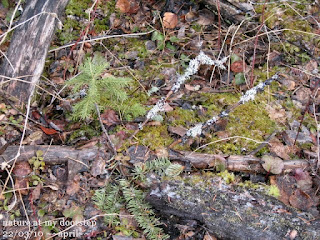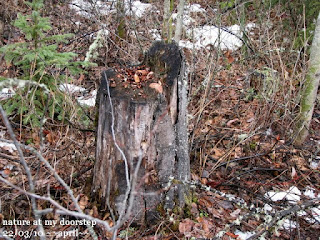Snowshoe Hare (Lepus americanus)
- also called the Varying Hare
- found only in North America
- common in all regions of Canada
- ears shorter than other hares' ears
- fur turns white in winter
- large hind legs
- habitat - prefers coniferous forests with dense understory
- black tufts of fur on edges of ears
- diet in winter: twigs, bark, spruce tree needles
Earth
- also called the Varying Hare
- found only in North America
- common in all regions of Canada
- ears shorter than other hares' ears
- fur turns white in winter
- large hind legs
- habitat - prefers coniferous forests with dense understory
- black tufts of fur on edges of ears
- diet in winter: twigs, bark, spruce tree needles
Earth














































